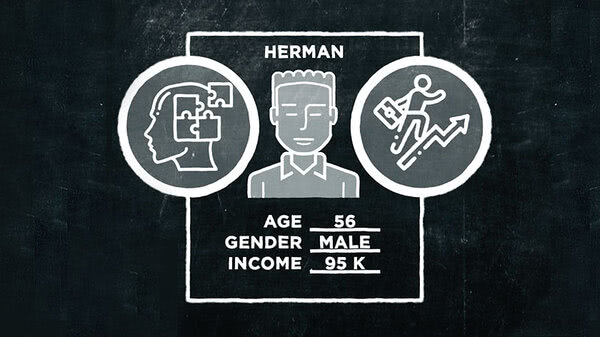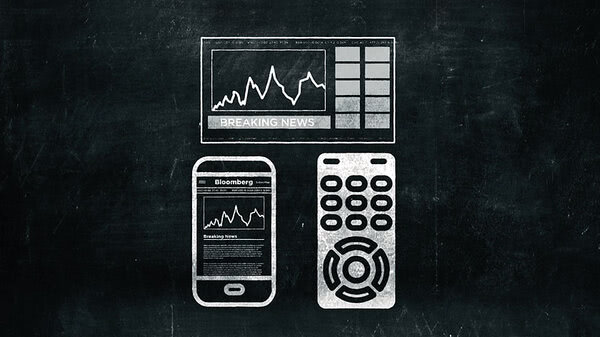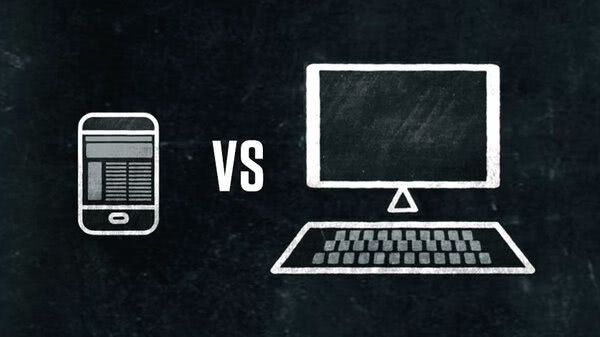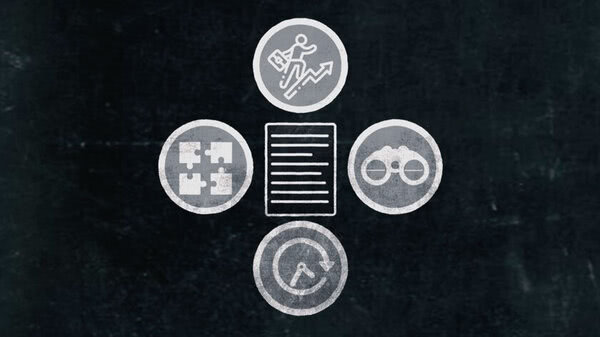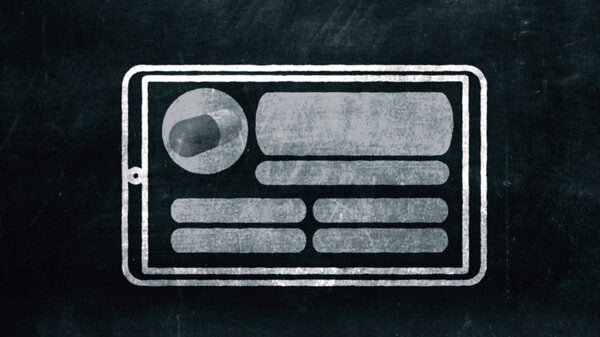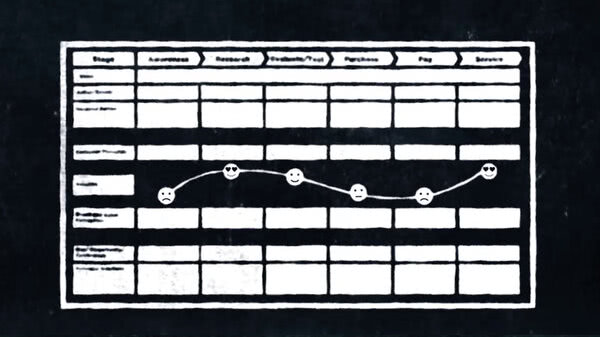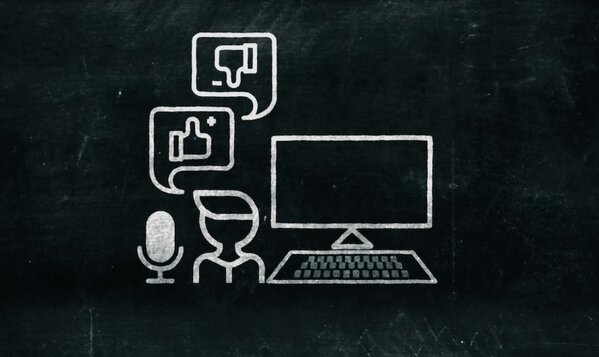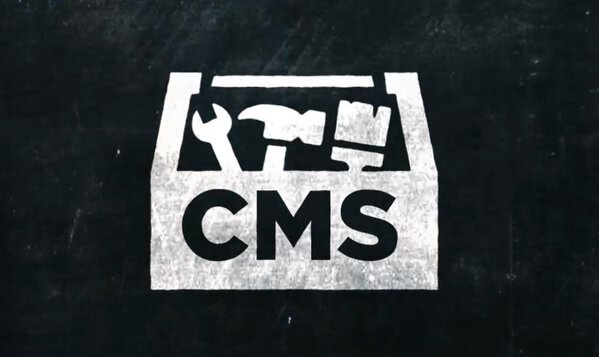The act of creating the customer journey map is its own benefit. But that alone isn't enough to justify the expense and effort. What do you do with your masterpiece once you finished it, so that your business realizes tangible benefits?
The first thing you do is hold a meeting with your team to go over the map together. Begin by looking at the customer's pain points. Obviously, you want to take corrective steps for these.
Start by brainstorming some quick solutions to the most easily solved problems.
For example, if online customers are abandoning their carts, look for the trigger points. Is there a better place on the website to ask for their credit card number? Are your forms easy to fill out? Or is the estimated delivery times too long? You want to address the most likely triggers for closing that browser tab.
Once you've dealt with the most obvious pain points on an individual basis, you want to step back and look at them as a whole. Is there some common denominator to these problems? Do they point to some systemic attitude or a deficiency within your organization? These can be hard questions to ask, let alone answer.
But here's where the customer journey map can really help to deal with these issues. With the map in hand, you're no longer some complainer, blaming your colleagues or their practices. You're an advocate for your customers. And the journey map is the proof that you've done your research.
But customer journey maps also present great opportunities to accentuate the positive. Take a look at the points in your customer journey where customers made conversions or were happy with your brand. Ask yourself: What foundational beliefs or attitudes in your company do these touchpoints indicate? And how can you build on these qualities?
Positive touchpoints can be especially helpful when it comes to developing new marketing strategies. The things that customers already love, the positives that come to mind when they think of a brand, have served as the nuclei for some of the greatest campaigns in marketing history.
Think of the "Got Milk?" campaign. Essentially, milk had such a positive public image that it was almost beyond improvement in the consumer's mind. There was no question that people wanted milk.
The campaign's key insight was that the absence of the product was what actually sold the product. So the only question left in the consumer's mind was: Does our household currently have enough milk or not? The ads did a brilliant job of boiling this query down to just two words.
One way to get the most out of your customer journey map is to make sure that it is seen by as many people in your company as possible. Keep it in plain sight, turn it into wall posters, mousepads or screensavers. A good customer journey map is art. You never know what great insight might be jogged loose just by glancing at it.
Another way to use the map is to sketch out a future or idealized customer journey.
The experience customers would have if all the pain points in your existing map were magically addressed. At first, this approach might seem naïve as if you were wishing away your problems. But an idealized map or a future map can serve as a starting point for strategizing whole new initiatives. Looking at how customers interact with products in an ideal way that could inspire entirely new products.
In identifying gaps in the customer experience, someone from human resources might think of a way to improve the customer experience by adjusting your business' hiring policies or creating positions that don't even exist.
So call a meeting of your department heads and present the map as a PowerPoint presentation. By stepping them through the journey and expanding on key touchpoints, you can share your experiences with them in a more dramatic way. Make each insight into a quick story, sharing the process of how you and your team arrived at these light bulb moments.
All right, that's about it for the possible applications of your finished customer journey map. Here's a final evaluation checklist from Forrester Research to consider:
Does the map clearly define the target customer it represents?
Does the map clearly define the type of journey it represents?
Does the map clearly describe the customer's key interactions?
Does the map clearly describe the customer's needs during each interaction?
Does the map clearly describe the customer's current perception of each interaction?
Does the map indicate the relative importance of each interaction and need to the customer?
Does the map clearly describe the customer experience when transitioning across touchpoints?
Does the map identify the internal owner of each customer interaction?
Is the map usable? And does the map have the appropriate production values?
We began this series of videos by noting that one of the most important benefits to creating a customer journey map is that it gets your stakeholders out of their individual silos.
It forces them to think about their customers and users as real people, with lives that extend beyond their touchpoints with your business. In short, it shares many of the benefits of the personas, the all-important precursor to the customer journey.
Lastly, remember to review your customer journey map at least annually to ensure that it remains an accurate representation of your customer's experience.
An up-to-date map is one of the best ways to keep your business focused on a crucial asset: Its customers.




